Clarity,
Office 17622,
PO Box 6945,
London.
W1A 6US
United Kingdom
Phone/ Voicemail:
+44 (0)20 3287 3053 (UK)
+1 (561) 459-4758 (US).

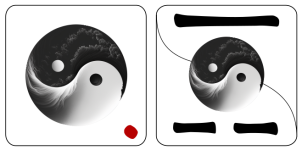
 etc.
etc.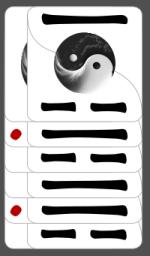
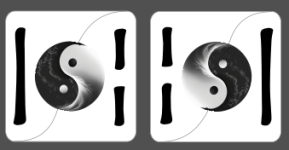
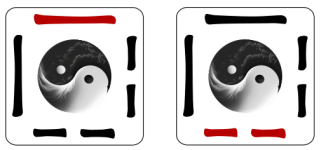
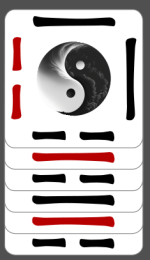
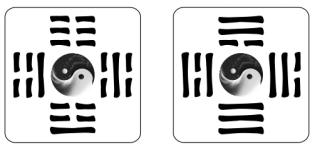
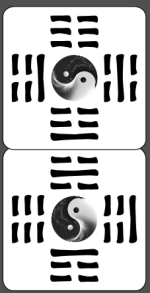
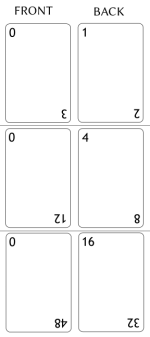
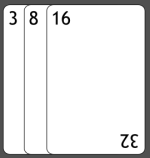
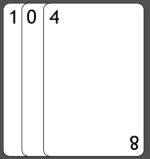
Thanks, @my_key.This sounds like it is holding a possibility of a new casting ritual using cards.
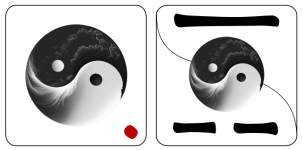 and
and
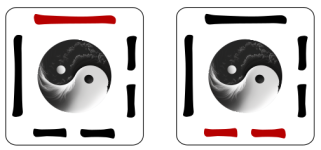

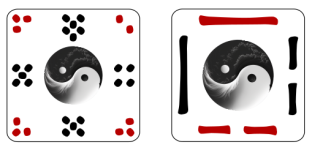
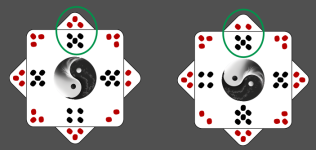 (and so on for the other pairs)
(and so on for the other pairs)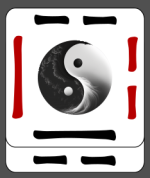 (and so on).
(and so on).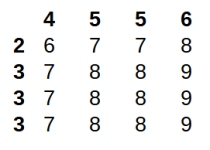
I do also agree that a certain amount of "manipulation time" is needed for better focus on the issue one is asking about.I also like that the card methods certainly add some contemplation time with the required shuffling actions.
I do prefer the yarrow stalks/marble probability exactly because them being asymmetric. It reminds me that nothing is ever perfectly balanced and that is this imbalance that generates changes.The considerations of the probabilities is an important consideration, and whilst I am not a probability expert you have clearly relayed how probabilities for yarrow, marble and coins are maintained. There has always been a slight mismatch between coins and yarrow / marble methods - that for me is the main reason I chose to use marbles.
The diagram was just an example, you pair the cards and from each pair, you get a line with marble probabilities.One further query is how do you keep the appropriate ratio of probabilities if you are pulling two lines at a time (per your diagram) or using some of the cards to stack and show each line you have drawn to build the hexagram.
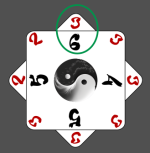
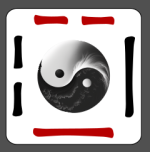
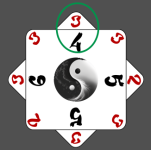
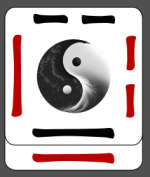
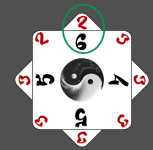
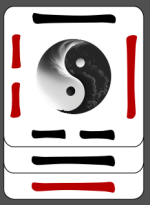
I never managed to keep marbles together (the ones I used had the tendency to get lost every time) so I string them in a sort of bracelet (or rosary) with beads of one or two colors. A couple of examples:With marbles I always have to return the marble I have just selected back into the bowl to maintain the integrity of the probability of the next selection.
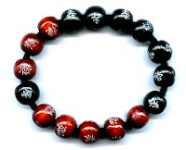
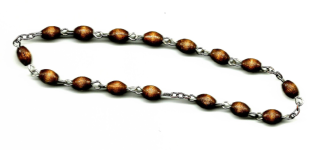
I'll put together images that can be used to properly print these cards (both versions) with a print-on-demand service (it will be really cheap to print them as business cards).The dots appear more authentic the numbers are easier to do the sums. Numbers also less prone to miscounts.
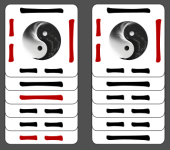
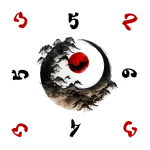
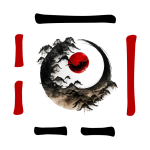
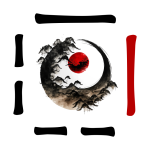
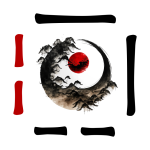
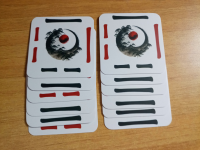
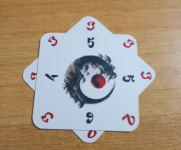
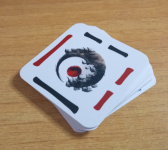
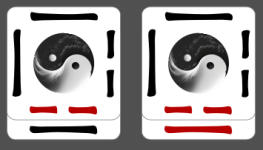
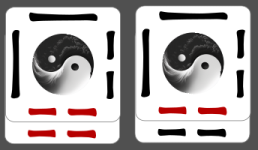
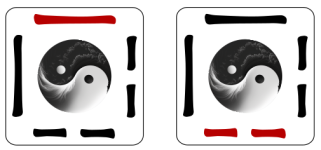
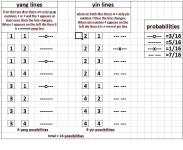
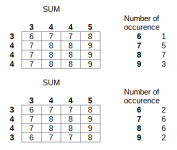
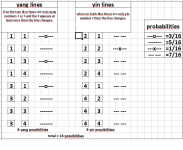
Clarity,
Office 17622,
PO Box 6945,
London.
W1A 6US
United Kingdom
Phone/ Voicemail:
+44 (0)20 3287 3053 (UK)
+1 (561) 459-4758 (US).